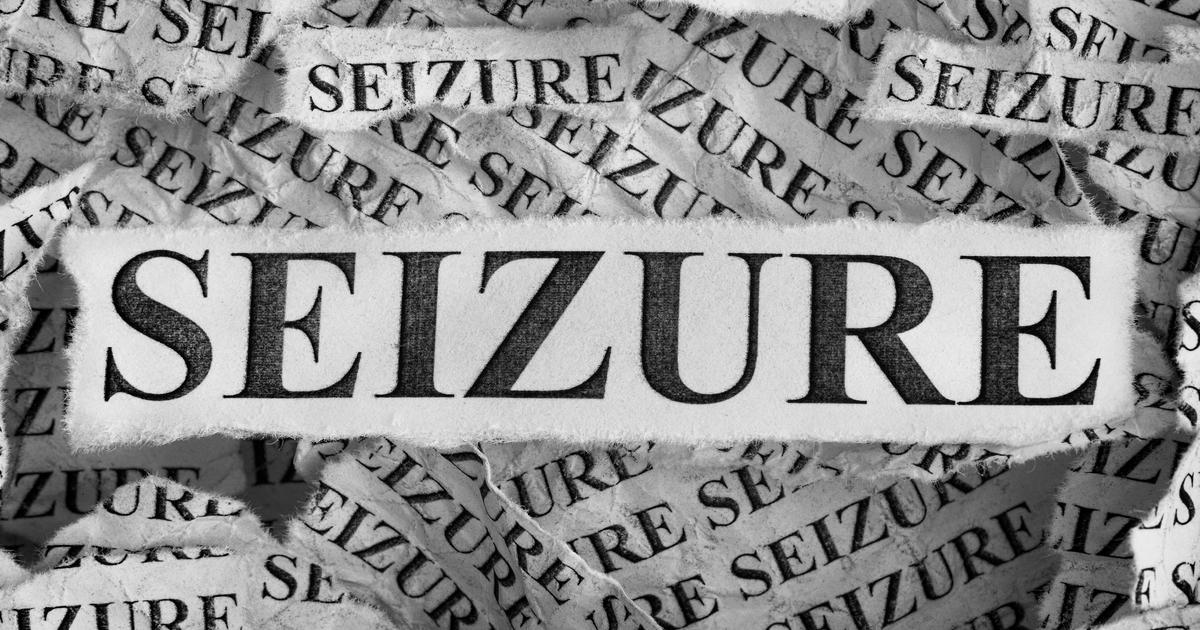Common Warning Signs Of A Hemorrhagic Stroke
Hemorrhagic stroke is a serious medical event where an artery in an individual's brain begins to bleed. The surrounding brain tissues are inundated with blood when a weak blood vessel in the brain bursts open. The displaced blood causes damage to the individual's brain cells, rendering some tissues in the brain unable to function. There are two primary classifications of a hemorrhagic stroke. An intracerebral hemorrhage causes a hemorrhagic stroke when the bleed is in the actual brain tissue. A subarachnoid hemorrhage causes a hemorrhagic stroke when the bleed is in the space between the brain and the protective membranes that surround it. Hemorrhagic stroke is most common in individuals who have bleeding disorders, hypertension, cerebral aneurysm, cavernous cerebral malfunctions, and arteriovenous malfunctions. Diagnosis of a hemorrhagic stroke is made with MRI, CT scans, blood tests, lumbar puncture, and an electroencephalogram. Treatment involves mediation of the bleeding and prevention of future bleeds.
Uncover the details on the major warning signs of a hemorrhagic stroke now.
Loss Of Consciousness

An individual having a hemorrhagic stroke may experience loss of consciousness. Loss of consciousness refers to a medical event where an individual suddenly loses the ability to respond to stimuli and looks to be asleep. Most often, loss of consciousness is caused by acute changes in the affected individual's body. Loss of consciousness occurs in patients who have a hemorrhagic stroke due to increased intracranial pressure that results from an intracerebral hemorrhage. When an individual has a hemorrhage that displaces blood in the brain, the accommodation limitations of the skull can cause the brain tissues to become compressed. The tissues that make up an individual's brain stem are often affected by increased intracranial pressure. The brain stem contains an individual's reticular activating system, which functions to control the arousal and sleep states of consciousness. This system malfunctions when its tissues become pressurized and may result in the affected individual losing consciousness. Loss of consciousness is one of the most severe symptoms of a hemorrhagic stroke.
Discover additional hemorrhagic stroke warning signs now.
Sudden And Severe Headache

An individual who is having a hemorrhagic stroke may present with a sudden and severe headache. A headache caused by a hemorrhagic stroke often has a focal point that can help distinguish what part of the brain is experiencing the stroke. When an individual experiences a hemorrhagic stroke in their carotid artery, they may get a sudden and severe headache in their forehead. When a hemorrhagic stroke occurs in the vertebrobasilar system that provides blood to the backside of the brain, the patient may have a sudden and severe headache in the back of their head. There are no pain reporting nerves contained within the tissues of the brain itself, but the protective membranes around the brain called the meninges do have a high concentration of sensory nerves. When blood escapes from the vessels during a hemorrhagic stroke, it can be extremely irritating to the tissues of the meninges. This irritation causes the affected individual experience the rapid onset of an extremely painful headache.
Keep reading to reveal more symptoms linked to a hemorrhagic stroke now.
Nausea And Vomiting

Nausea and vomiting may occur in some patients who have a hemorrhagic stroke. The presence of nausea and vomiting depends on the region of the brain in which the individual experiences their stroke. A hemorrhagic stroke that occurs in the cerebellum can cause abnormal reflexes. When this stroke occurs in other brain tissues that cause the cerebellum to become compressed, abnormal reflexes can also appear. When a patient experiences abnormal reflexes in their esophagus, chest, torso, head, and stomach, it can cause them to vomit unintentionally. Vomiting during a hemorrhagic stroke can be a mechanical malfunction due to reflexes and abnormal muscle activity, or it may be related to the effects of the stroke on the balance and perception centers of the brain. A stroke that compresses or damages the tissues in the cerebellum or brain stem can cause a patient to lose sync with their visual perception, balance, and body position. This malfunction results in nausea and vomiting induced by vertigo and dizziness.
Get more details on the symptoms of a hemorrhagic stroke now.
Facial Weakness Or Numbness

Facial weakness or numbness can indicate a hemorrhagic stroke occurred. Facial weakness or numbness refers to when an individual is unable to use the muscles that move their face, and cannot feel normal sensation in the facial tissues. The face may appear to droop or become flaccid when an individual experiences facial weakness and or paralysis. When an individual has a hemorrhagic stroke, the displaced excess blood that enters the brain tissues can cause the nerves that control the facial muscles to become compressed, which can result in the death of the cells making up these nerves. When the nerves that trigger the movement of the muscles of the face become unable to function, the individual's facial muscles themselves are also unable to function. The patient's mouth may appear to droop on the affected side of their face, and they may drool due to the inability to close their mouth properly. They may also have slurred speech and be unable to eat or drink properly. However, most individuals who experience facial weakness or numbness due to a hemorrhagic stroke retain their ability to blink and move their forehead.
Read more about the warning signs of a hemorrhagic stroke now.
Seizures

Seizures are more prevalent among patients who have a hemorrhagic stroke than those who have other types of strokes. If an individual has a stroke is not diagnosed promptly, the occurrence of a post-stroke seizure can help with a stroke diagnosis. A seizure occurs when there is a surge of disorganized abnormal electrical activity in the brain that causes certain symptoms and behaviors in an affected individual. The swelling and inflammation that occurs in the brain tissues when an individual has a hemorrhagic stroke can disrupt the normal conduction of electrical signals in the brain. The presence of blood throughout the brain tissues can also hinder the normal movement of electrical signals in the brain. This type of disruption can trigger the disorganized, irregular activity that characterizes a seizure. Any stroke will cause inflammation, cellular damage, and dead tissues in the brain. All three of these factors can cause the development of scar tissue, which may also disrupt regular electrical activity in the brain.